If you’re anything like me, you’ve been seeing, reading, and hearing more and more about red light therapy. If so, then you might also have some questions - What’s the deal here? Is it a scam? If it’s not a scam, is it something I should be using? How and why would I use it?
I can’t promise that I have all of the answers to these questions - in fact I’ll tell you that I don’t. I have, however, done some digging into red light therapy, and I’m going to share what I’ve learned and what I’ve taken away from it.
What is red light therapy?
Red light therapy (RLT) is a treatment that uses wavelength red light in order to achieve various results and benefits, including improving your skin’s appearance, improving and increasing recovery, and treating other medical conditions such as fibromyalgia. One can purchase RLT devices on the internet, anywhere from Amazon to specialty retailers, or one can purchase in-person sessions from many health-focused businesses (RLT devices can be purchased online from Amazon or specialty retailers. In-person RLT sessions can also be purchased from many health-focused businesses.)
How does red light therapy work?
RLT is thought to work by acting on the mitochondria (think back to highschool chemistry here - remember the powerhouse of the cell?). The idea is that this long wave red light boosts power to the mitochondria, allowing other cells to do their work more efficiently. This would help the cells to produce collagen more effectively, increase blood circulation to tissues, reduce inflammation, and more.
Is red light therapy effective?
While I found plenty of hypotheses, theories, and research pointing in both directions, the information clearly trends towards “yes.” While overall it seems that the jury is still out on how effective RLT can be, the published research does seem to show potential for improvement in recovery, as well as certain medical conditions, using RLT.
Is red light therapy safe?
Red light therapy appears to be very safe, and appears to have no major negative side effects (as long as it’s used as directed). Some did report sleep disturbances after being exposed to red light, however this seems to be limited to red light that would enter the eyes (as opposed to if it was being targeted on a specific body part like your knee). It is not toxic, nor is it invasive, and it does not require chemicals or harsh treatments. If one is considering trying RLT, it is of course a good idea to discuss it with your functional medicine practitioner first.
So… What?
I’m intrigued by RLT, and both the anecdotal evidence and the research seem promising. The only downside at this point seems to be the potential cost, as red light therapy mats are generally expensive, as are RLT treatment sessions. My takeaway is that this is an exciting potential therapy, and it seems the worst case scenario might be that it doesn’t do much (which is to say, no real negative side effects). The potential benefits, however, seem large enough to continue to learn more and experiment with RLT.
